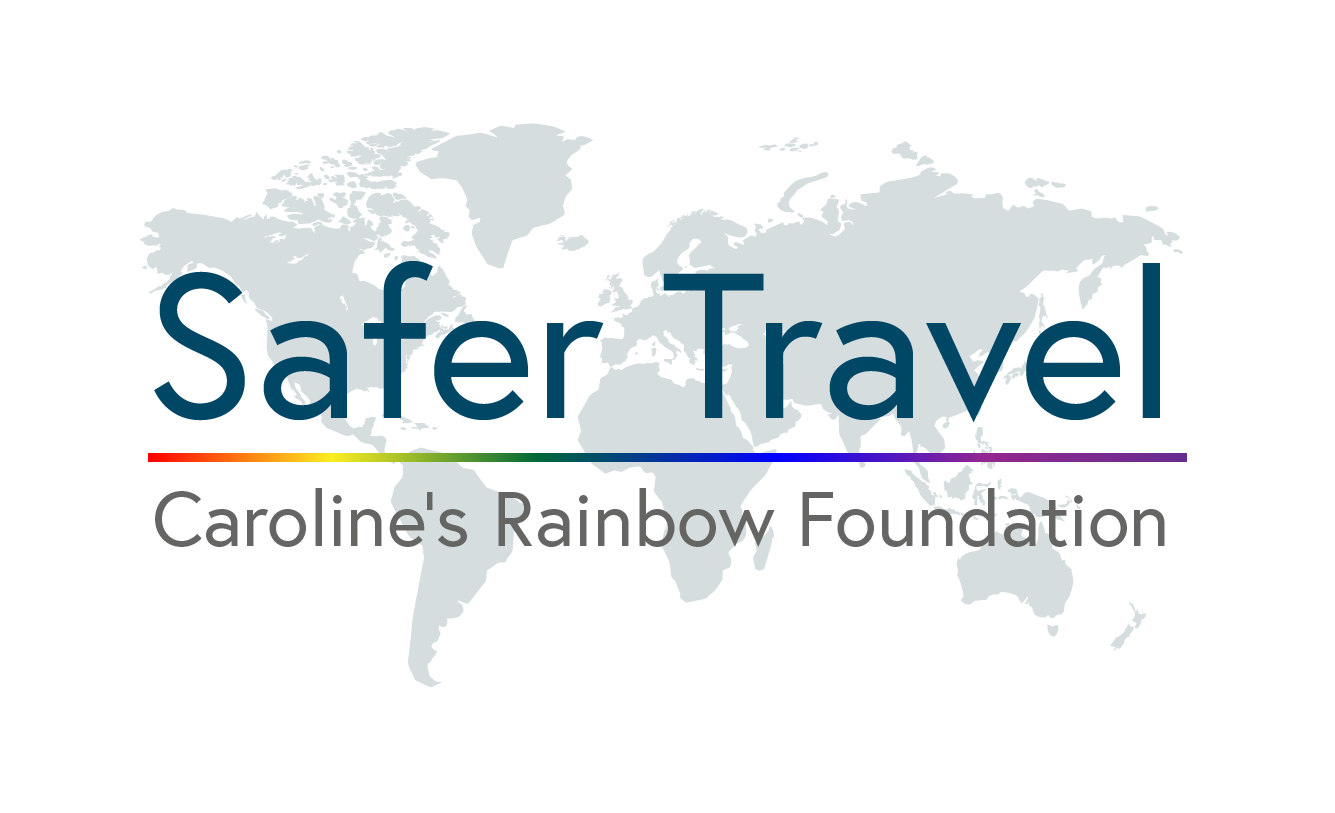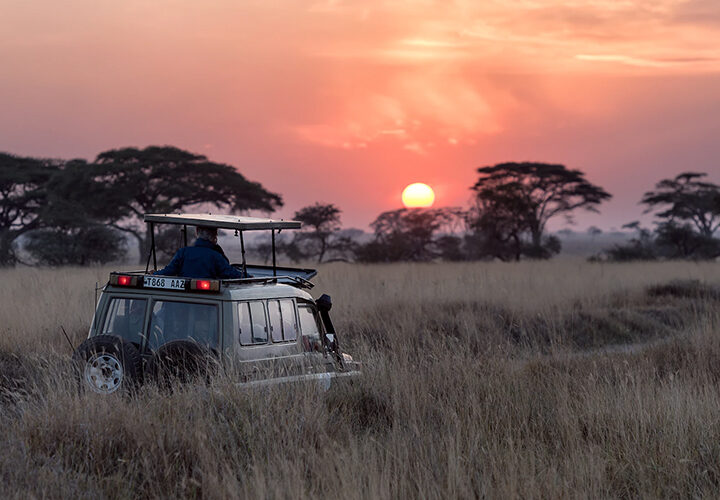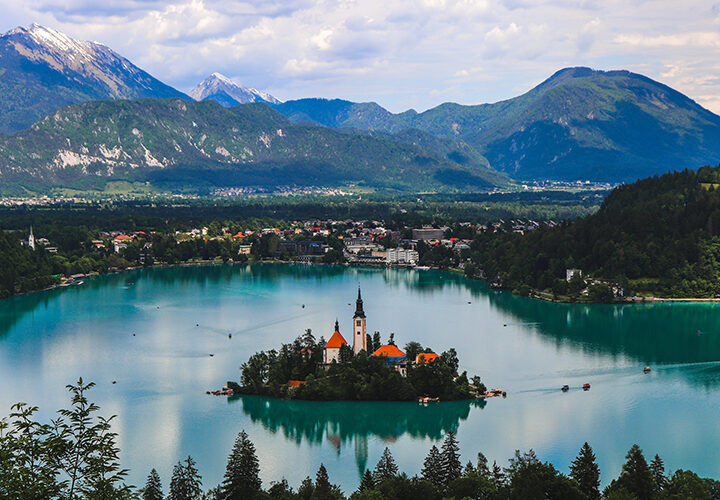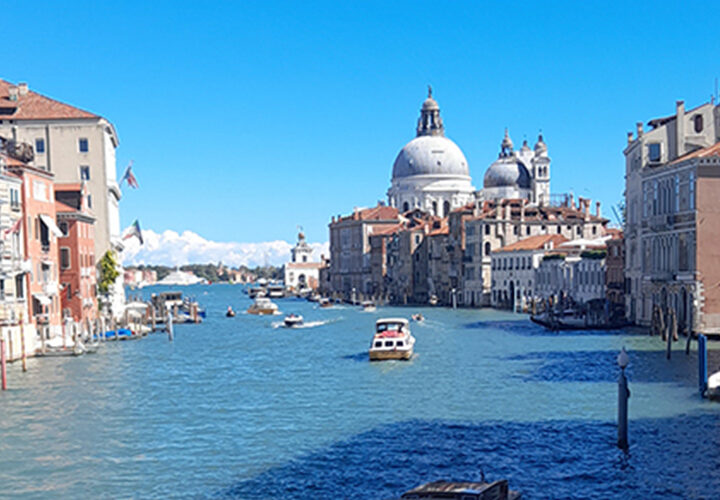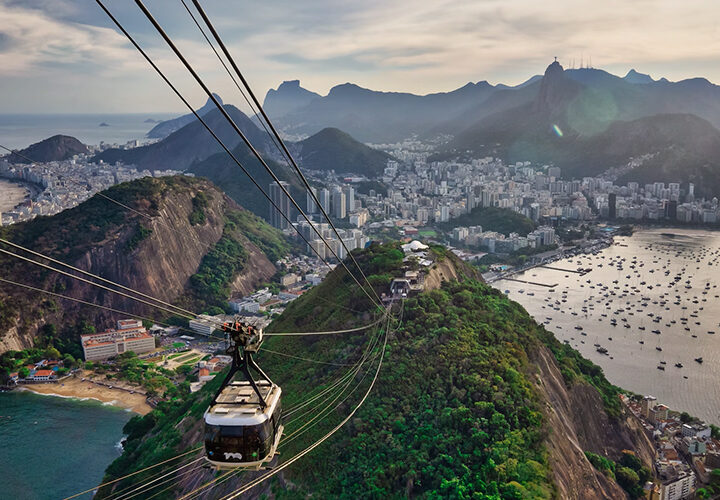About Our Project
The Airport Experience is a virtual reality project brought to you by Caroline’s Rainbow Foundation in collaboration with XR Stories and York St John University. In it, you are a travellers arriving at the airport before your go off on your travels. The aim of the game is to successfully make it through the airport process, including check-in, security and boarding, whilst overcoming different challenges and interactions along the way.
The experience is designed to educate young and/or inexperienced travellers about how airports work and what you are expected to do at them. The airport is the start point for many different types of travel, so we thought that this would be a good scenario to introduce VR to travel safety education.
What is VR and how does it work?
So you’ve seen our trailer, and now you’ve seen our main video. If you’re still a bit confused about what VR is and how it works then keep reading and I’ll try to explain things to you.
Virtual reality is a revolutionary new way of experiencing games and media. It is a format that puts you directly into whatever you are experiencing and makes otherwise unrealistic scenarios come to life. It’s all well and good us telling you about what to expect at the airport, but if you’re there directly controlling what happens in a safe and managed environment, you will be able to retain that information much better. That was one of the biggest motivations behind the project: allowing players to experience challenges in VR for the first time, so that if they were to encounter them in real life it would in fact be the second time, and they would know what to do.
The experience the virtual world, all you need is a special headset and some controllers. The controllers aren’t like normal games controllers, like your Xbox or PlayStation, rather these ones track your hand movement, allowing you to have a functioning pair of ‘hands’ in VR. Even though the world isn’t physically real, you can move, see, hear and touch things as if it is.
The headset is connected to a PC or console through a cable (normally HDMI) that will transmit the video into the screens in the headset that are in front of your eyes. With VR, the possibilities are endless. Do you want to travel to space? Or go in a submarine to the bottom of the ocean? Or do you just simply want to go to a cinema and watch a movie with other people. You can do all of those things, plus many more.
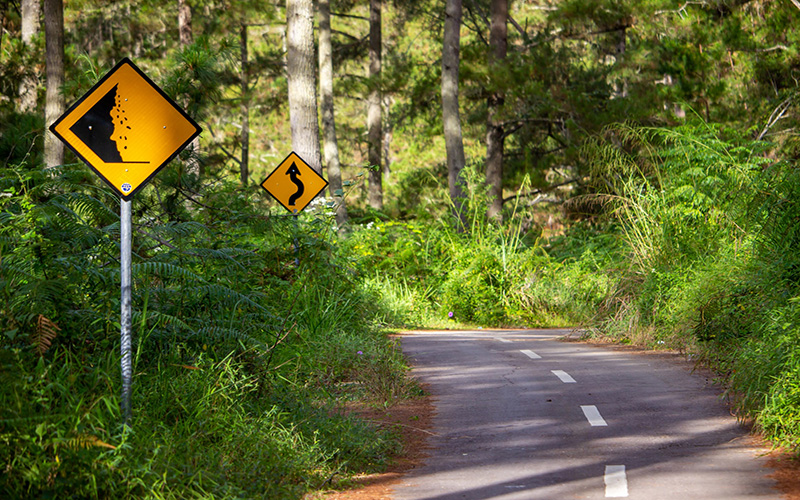
How does it apply to travel safety?
As we mentioned before, we want the experiences that happen in our VR scenario to be realistic in the sense that you will take what you learned from it and apply the knowledge immediately if you encounter the same situation in real life. Travel is unpredictable – you can prepare as much as you like, and you may still encounter surprises or setbacks that you didn’t think of. With VR, we can create whatever situation or reality we like, which gives us endless freedom to explore all aspects of travel and create situations for every type of scenario.
Looking forward to the future
We already have several different scenarios in the works, including the Australian Adventure which was teased in our trailer. VR technically isn’t a new technology, but its possibilities have only began to be realised in recent years. This means that we’ve only began to scratch the surface with what VR can offer us and how we can further utilise it in travel safety education.
To learn more about our VR project, check out our page here.
Written by Joe Corfield.
